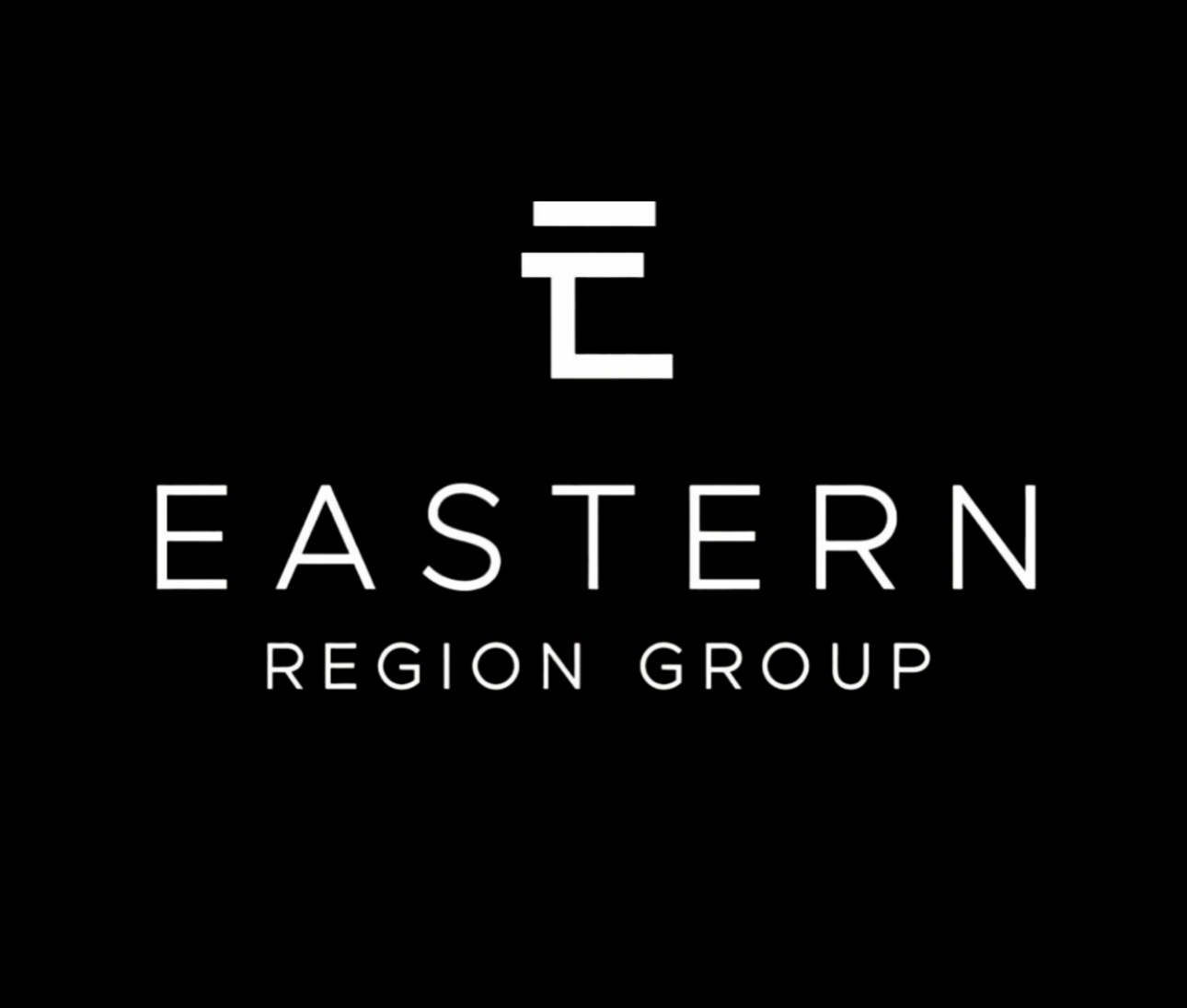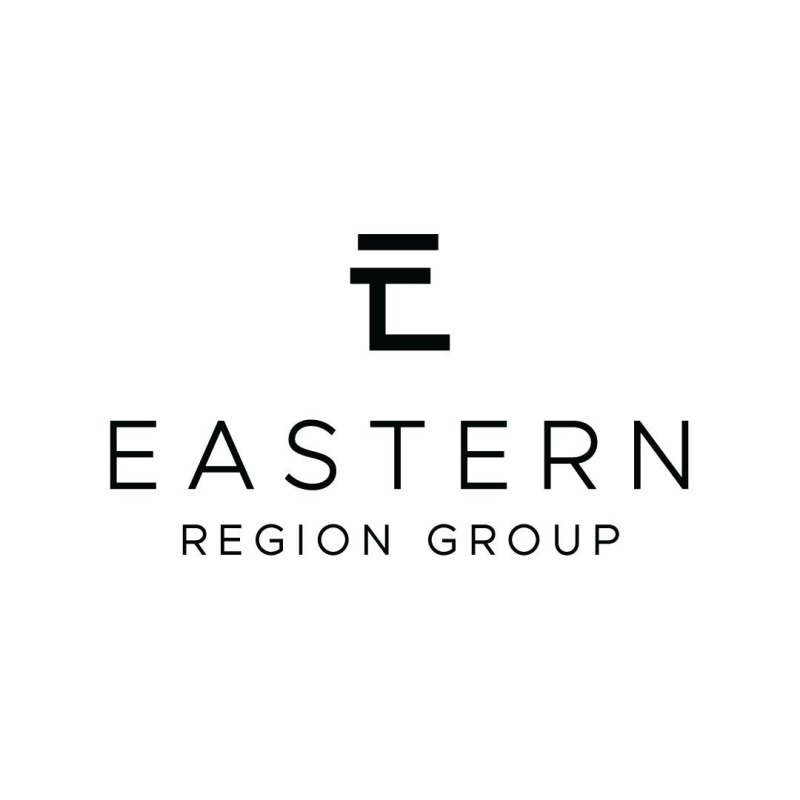
Crypto Reporting Enters the Global Stage: What DAC8 and CARF Will Mean by 2026–2027
Dubai, United Arab Emirates, August 5th, 2025, Chainwire
With international regulatory changes approaching full implementation, Eastern Region Group is advising digital asset stakeholders to begin preparations for compliance with the EU’s DAC8 Directive and the OECD’s Crypto-Asset Reporting Framework (CARF). These frameworks are set to bring crypto-assets under formal tax reporting requirements in over 67 jurisdictions worldwide.
By early 2026, crypto-assets will be formally integrated into the international tax reporting system. The DAC8 Directive will require crypto-asset service providers in the EU—including exchanges, wallet operators, and custodians—to adopt automatic tax reporting procedures. Globally, jurisdictions committed to CARF are expected to complete implementation by 2027. This development marks a significant regulatory shift, aligning the treatment of crypto-assets with standards currently applied to traditional financial products such as securities, bank accounts, and investment instruments.
At Eastern Region Group, we are actively guiding both institutional and private clients through this transformation—ensuring that their holdings, structures, and operational frameworks are fully aligned with the incoming transparency standards.
Why CARF and DAC8 Are Being Introduced
For years, crypto-assets operated in a legal and regulatory grey area. Unlike traditional financial assets, they fell largely outside of the Common Reporting Standard (CRS) and FATCA frameworks that underpin global tax information exchange.
This created a significant enforcement gap, particularly with respect to cross-border crypto holdings, decentralised finance (DeFi) activities, and token-based investments. Income from these sources was often unreported and, in many cases, invisible to tax authorities.
 Recognizing this vulnerability, both the OECD and the European Commission have made crypto transparency a priority. The stated goal of CARF and DAC8 is to ensure that crypto-assets are fully integrated into the global tax transparency infrastructure, and that all relevant income, holdings, and flows are reportable under law.
Recognizing this vulnerability, both the OECD and the European Commission have made crypto transparency a priority. The stated goal of CARF and DAC8 is to ensure that crypto-assets are fully integrated into the global tax transparency infrastructure, and that all relevant income, holdings, and flows are reportable under law.
The Global Forum on Transparency and Exchange of Information for Tax Purposes has already confirmed that automatic exchange of crypto data will become the international standard by 2027.
What the New Rules Will Require
Under CARF and DAC8, crypto-asset service providers will be legally obligated to:
- Collect tax residency self-certifications from all clients,
- Conduct thorough KYC checks and maintain beneficial ownership records,
- Report wallet balances, transaction flows, and valuations annually,
- Submit cross-border reports via the OECD Common Transmission System.
For EU-based exchanges and platforms, DAC8 comes into force on 1 January 2026. For service providers based in non-EU jurisdictions—such as DIFC, ADGM, Singapore, Switzerland, and Mauritius—CARF implementation will become mandatory as early as 2027.
The shift will require significant upgrades to reporting infrastructure, data collection processes, and legal frameworks. According to the OECD, dual compliance with CRS and CARF will place a heavy operational burden on unprepared platforms—and failure to comply may lead to penalties, license risks, and regulatory intervention.
Impact on Holding Structures
The implications of these reforms extend far beyond exchanges. Trusts, foundations, family offices, and corporate holding vehicles that currently hold crypto-assets will be subject to the same level of scrutiny.
Once DAC8 and CARF are in effect, these structures will need to submit self-certifications of tax residency, while all associated wallets and accounts will be reported automatically to tax authorities.
A previously opaque legal environment—where complex entity structures could obscure ultimate asset ownership—is being replaced by a transparency-driven framework. Under the new rules, discrepancies between declared ownership and actual transaction activity are expected to receive increased scrutiny, potentially resulting in audits, enforcement actions, or retrospective tax assessments.
How Eastern Region Group Supports Clients
At Eastern Region Group, we provide strategic and operational support to both private clients and regulated crypto businesses, including:
- Impact analysis: mapping how CARF and DAC8 affect clients’ wallets, exchanges, and crypto-related structures,
- Jurisdictional alignment: reviewing multi-entity setups for overlapping tax obligations and potential conflicts,
- Restructuring: adapting holding vehicles to meet transparency and compliance requirements,
- Exchange onboarding: assisting platforms in upgrading their onboarding, reporting, and documentation processes,
- Voluntary disclosure: supporting clients in regularising past crypto income that was previously unreported.
The Path Forward
The implementation timelines are confirmed: the EU’s DAC8 directive will come into force in 2026, followed by the OECD’s Crypto-Asset Reporting Framework (CARF), which will be adopted globally beginning in 2027. These regulatory frameworks are set to introduce significant changes to how crypto-assets are reported, taxed, and managed.
Entities including private investors, corporate treasury teams, and regulated digital asset platforms are advised to begin preparing for compliance well in advance. Delaying readiness efforts until the frameworks are fully in effect may increase operational complexity and reduce flexibility in adapting to the new standards.
Eastern Region Group offers CARF and DAC8 readiness assessments, as well as confidential consultations for stakeholders seeking to align their digital asset operations with forthcoming regulatory requirements.
About Eastern Region Group
Eastern Region Group, where expertise meets innovation, and tailored solutions pave the way to a business’s triumph. At ERG, they are more than just a service provider. They’re a strategic ally, dedicated to supporting business founders, investors, employees, and their families in navigating the complex world of business in the United Arab Emirates and abroad.
Users can find out more at Business assistance in the UAE – «ERG».
